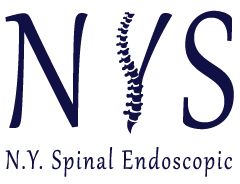WHAT ARE THE SYMPTOMS OF SPINAL STENOSIS?
Spinal stenosis can present with many different symptoms. The symptoms are mainly determined by severity and location in the spine. Here are the most common symptoms:
- Sciatica – Pain that shoots down one or both legs that may start as an ache in the lower back or buttocks
- Foot Drop – A term that refers to a weakening of the muscles that allow for flexing of the ankle and toes. The result of foot drop may cause a person to “drag” their foot on the ground.
- Trouble With Standing Or Walking – Spinal stenosis can compress the spinal nerves and cause pain while you stand for long periods of time.
- Tingling Sensation – Spinal stenosis can compress the spinal nerves in the back and neck causing tingling symptoms in the legs or arms and hands.
